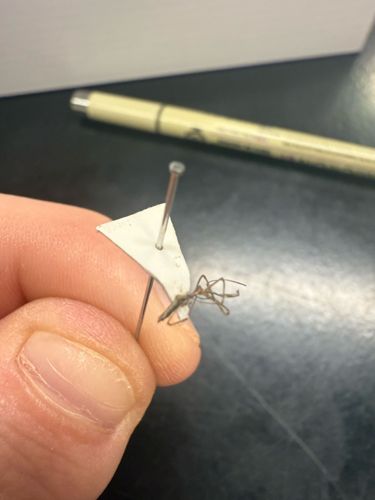Mosquito
Scientific Name: Culicidae
Order & Family: Diptera (Order), Culicidae (Family)
Size: Typically 3 to 6 mm (0.12 to 0.24 inches) in body length, but some species can be larger.

Natural Habitat
Mosquitoes can be found almost everywhere in the world except for a few islands and Antarctica. They require standing water for their larvae to develop, so they are common in swamps, marshes, stagnant pools, ditches, and even small containers of water in urban and suburban areas.
Diet & Feeding
Adult female mosquitoes feed on blood (hematophagy) of various vertebrates (including humans) for egg production. Adult males and females also feed on nectar and plant juices for energy.
Behavior Patterns
Mosquitoes are most active during dusk and dawn, though some species are active throughout the day, especially in shaded areas. They undergo complete metamorphosis with four stages: egg, larva, pupa, and adult. The larval and pupal stages are aquatic. Only female mosquitoes bite, using their specialized mouthparts (proboscis) to pierce skin and feed on blood.
Risks & Benefits
Potential risks include being vectors for numerous serious diseases, such as malaria, dengue fever, Zika virus, West Nile virus, Chikungunya, and yellow fever. Their bites can also cause itchy welts. Benefits to the ecosystem are less direct but include serving as a food source for other animals (e.g., bats, birds, dragonflies, fish) and acting as pollinators for some plants.
Identified on: 10/29/2025